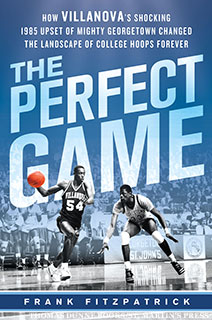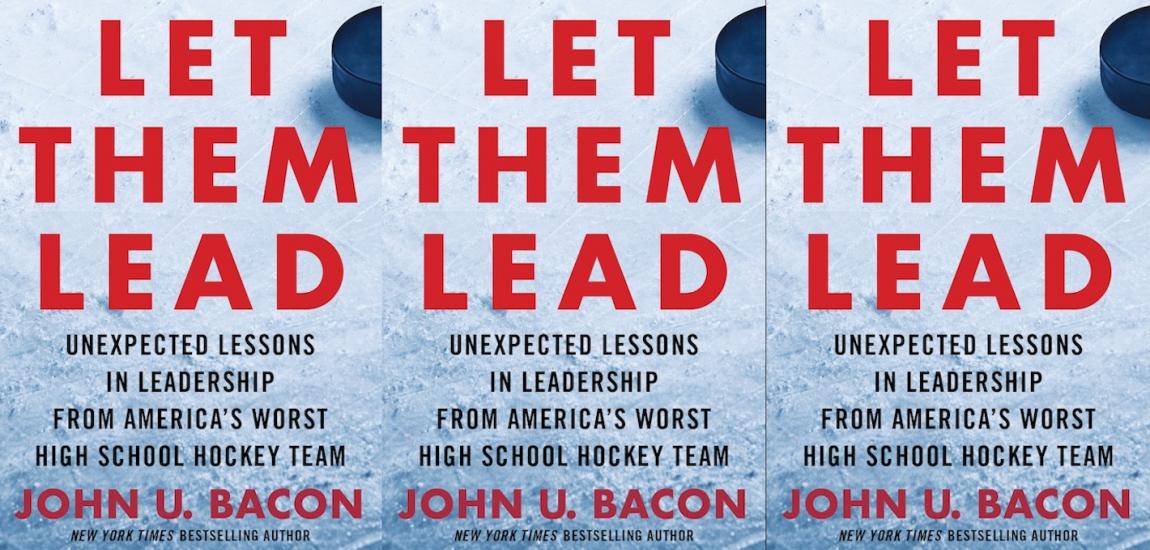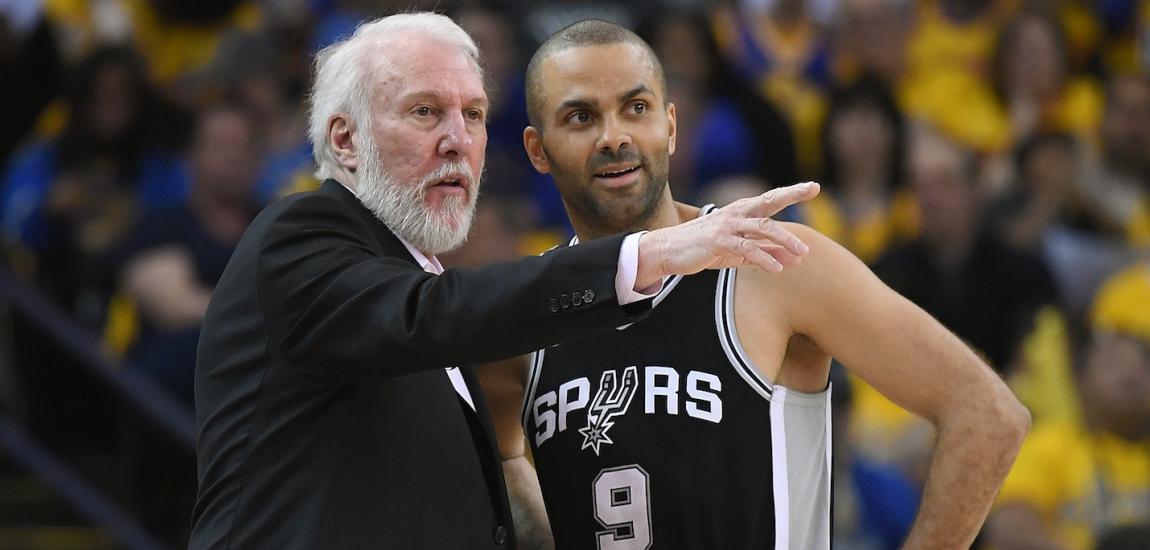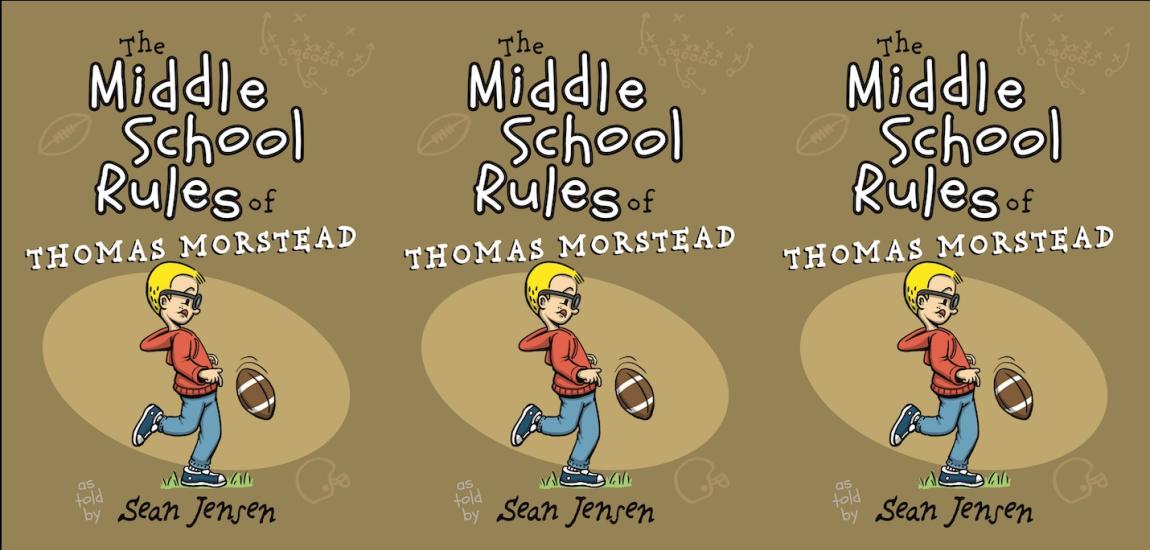Veteran Philadelphia Inquirer sportswriter and Pulitzer Prize finalist, Frank Fitzpatrick has long followed and covered Villanova basketball. In all that time, nothing compares with the Wildcats' legendary 1985 upset of Georgetown -- a win so spectacular and unusually flawless that days after its conclusion, sports columnists were already calling it "The Perfect Game." The game, particularly its second half, was so different from what observers expected -- so different, in fact, from what anyone had ever seen that a shroud of myth almost immediately began to envelop it. Over the years, the game took on mythological proportions with heroes and villains, but with a darker, more complex subtext. In the midst of the sunny Reagan Administration, the game had been played out amid darker themes -- race, death, and, though no one knew it at the time, drugs. It was a night when the basketball world turned upside down. Villanova-Georgetown would be a perfect little microcosm of the 1980s. And it would be much more. Even now, a quarter-century later, the upset gives hope to sporting Davids everywhere. This excerpt of The Perfect Game reveals how the three key players -- Ed Pinckney, Gary McLain and Dwayne McClain -- decided to attend Villanova.
Villanova's unlikely championship had its genesis in an unlikely location, at a summer camp that began its existence with an unlikely name. In 1966, New York basketball junkies Howard Garfinkel and Will Kleine started a basketball camp, one that they hoped would allow rising high school seniors an opportunity both to improve and market their skills. Garfinkel had gone to summer camps as a boy and believed he understood how to run one successfully. When he found an available site 115 miles north of New York City, Camp Orinsekwa in Niverville, New York, the Roy Rubin Basketball Camp was born.

Rubin was a friend, the then successful coach at Long Island University. Garfinkel figured Rubin's relatively well-known name would help sell his idea in the New York area, which is where his initial focus was. He couldn't have known, of course, that a few years later Rubin would graduate to the NBA. There, in the space of a single season, he destroyed his reputation and had an adjective permanently affixed to his name -- Poor Roy Rubin. In the 1972–73 season, his first and last in the NBA, Rubin's Philadelphia 76ers set a still-extant record for ineptitude, losing 73 of their 82 games. Rubin's name soon yielded to the more generic Five Star, and the growing camp relocated to another remote locale, Honesdale, a Pocono Mountains community in the northeastern corner of Pennsylvania.
With the aid of coaches like Hubie Brown, Chuck Daly, and Bob Knight, Five Star quickly acquired a lofty status in the basketball community. By the late 1970s, at the dawn of a new basketball renaissance, it was attracting the absolute best players and instructors. What made Five Star unique, many now insist, was the quality of its teaching. Knight, for example, developed a system of learning stations. Players moved from one to another, tutored at each stop by some well-known coach in a different basketball fundamental or technique. The lessons were permanently etched in the minds of the campers. Pinckney, for example, never forgot Station 13, where, in a group with Ewing and future Louisville star Billy Thompson, he learned the intricacies of the jump-hook from Rick Pitino.
It was there in the remarkable summer of 1980 -- when Five Star's attendees also included such future Hall of Famers as Ewing, Jordan, Mullin, and Karl Malone -- that Pinckney, McLain, and McClain first met. The three youngsters, their personalities as distinct as their talents, bonded immediately. Early on at Five Star, they found themselves on competing teams. Each liked what he saw of the others. "Something clicked," recalled McClain. "Right then I knew I wanted to play with them." The trio's energy and enthusiasm derived from its smallest member. McLain had grown up on Long Island but followed his high school coach, Bill Donlon, to Methuen High in Massachusetts. He did so, in part, to escape the trouble he was beginning to find for himself.

The child of a broken home -- his parents divorced when he was nine -- McLain was smoking marijuana regularly by the time he was sixteen. He was, he would admit later, a hurt and insecure child, one who tried to mask his insecurity, at first with an outgoing demeanor and later with a more powerful remedy. As a youngster, he was mouthy, flashy, impulsive, a class clown always in search of an audience. Not surprisingly, he would be the first of the three new friends to decide on a college. It wasn't that difficult. McLain didn't have as many options as his taller buddies. Only Holy Cross and Villanova had expressed much interest. "He wasn't a great recruit," Massimino said. "He was just a player." Holy Cross was just too far removed from the spotlight for his taste. Villanova seemed more exotic. It wasn't North Carolina, but he'd have a better shot at glory there. He'd seen the Wildcats on TV a couple of times. He knew all about the Big East.
So he chose Villanova. And once he did, he pestered McClain and Pinckney to do the same. "I thought we could have a real chemistry," McLain said. His efforts focused first on McClain. He telephoned the Massachusetts youngster constantly in the late summer and fall of 1980. "You've got to come, too," he told his new friend. "We can make something happen there. They're in this new super league, the Big East. The coach is this little fat dude who looks like Louie DiPalma [Danny DeVito's character on TV's Taxi]. I'll put the ball in your hands there. We'll all be stars." He was right. But their real stardom, and ultimately their fame, would come as a unit. Pinckney and to a lesser extent McClain would enjoy only modest NBA careers. McLain would never get there. Yet in some perverse way, McLain would become the best known of the three -- though not for the reasons he'd imagined that summer.
McClain, the silky 6-foot-6 forward from Holy Name High in Worcester had a personality that was a pleasant cross between the brash McLain's and the low- key Pinckney's. He was the first to relent to his smaller friend's nagging. After visiting the campus and hearing Oxenreiter's tape, he committed to Villanova. McLain and McClain then teamed up on Pinckney, a 6-foot-9 center from Adlai E. Stevenson in the Bronx who was being more heavily recruited. "What good is having a great point guard and a great power forward," McLain told him, "if we don't have some talent in the paint?" While Pinckney was amused by McLain, he was not yet convinced.

Pinckney would discover later that he and Ewing had more in common than basketball ability and their roles in one of the sport's most memorable games. Both were one of seven siblings. Both had several older sisters who doted on them. Both came from two- parent homes. Both had mothers who were employed in hospitals, hardworking fathers who did manual labor. Both grew up in apartments across the street from public playgrounds. Both left much of the college-recruiting process to their high school coaches. Both were mama's boys who wanted to go to college relatively close to home.
The Pinckneys lived in the Bronx's James Monroe Housing Projects. The youngest child and only son, Ed, was born in March 1963. Since his father, a construction laborer, often worked two or three jobs, his mother was the disciplinarian and teacher. The boy's older sisters waited on their little brother,dressed him, fed him, treated him like a delicate toy. "The fact that Ed was a very laid- back person probably came from him being the baby of a family with six older sisters," said Massimino. "He was the spoiled kid on the block." Though both his parents were tall, neither had ever played basketball. The boy would first drift to baseball, dreaming of becoming a New York Yankee until, at the urging of friends, he gave basketball a try.

The family's apartment on Story Avenue was directly across the street from PS 100, a public school whose playground contained several courts. Pinckney quickly was taken in by basketball, enjoyed it so much that he often rose early to play before school, at PS 100 or at nearby PS 131. A poster of Knicks star Walt "Clyde" Frazier hung in his bedroom. When the Knicks won a second NBA title in four years in 1973, the popularity of basketball in New York, already at a high level, skyrocketed. As it did, each borough developed its own style of play. "Brooklyn is like a more driving- to-the basket, slashing style of ball," Pinckney would say. "A lot of flamboyancy, like the Pearl Washingtons, the Stewart Grangers. The Manhattan game would be the power. ... And the Queens style was finesse. The Bronx is a combination of them all." When he was twelve and well over six feet, Pinckney accompanied a friend to Harlem, where he found the talent level "eye- popping." Gradually, he started to play there, too, making the journey by subway.
At Stevenson, coach Steve Post recognized Pinckney's potential early. "I knew right away Ed was special," Post said. "He was 6- 2 or so and coordinated." He also had an easygoing personality that attracted other youngsters and earned him the nickname "Easy Ed," had a strong work ethic, and was extremely coachable. "What a difference it makes when a kid lives with a father and a mother," said Post. "Ed had an innocence about him. You wanted to help him."
When Pinckney was a tenth-grader, Fred Brown, the future Georgetown star, transferred to Stevenson and Post's team became a city power house. Brown had a harder edge than Pinckney. Hoping some of that toughness would rub off on his mild- mannered center, Post had Brown go one-on-one with him after practice. "In the beginning, Fred whooped him," Post said. In a 1980 city championship matchup with Franklin High, Brown fouled out late. Post told Pinckney it was time he became a leader and took charge. The youngster did. Stevenson won and colleges everywhere noticed.
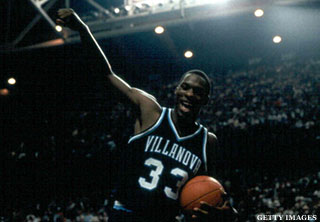
Their interest abated little when he hurt his ankle as a senior. Post, knowing Pinckney's parents were insistent about him getting a good education, eliminated several less prestigious colleges from the list, as well as those, like Louisville and North Carolina, that were too far from home. Pinckney liked Providence and was ready to sign there until coach Gary Walters inexplicably told him, "Ed, you'll be better off going to Villanova." Pinckney was flabbergasted. Why Villanova? For him, the school was too far out in the country. But three things eventually swayed him -- McLain's constant nagging, his mother's affection for Massimino, and McClain's good-looking sister. Massimino was one of the few coaches who visited the Pinckneys' apartment. He ate Ed's mother's cake and told her he would see to it that her son went to class and got educated. "You should go to Villanova," his mother urged Ed not long after that visit. "That little Italian coach, he'll make sure you graduate." On a recruiting trip to the school, Pinckney encountered McClain. Accompanying the Massachusetts schoolboy was his sister, who attended nearby Harcum Junior College. "She was beautiful," recalled Pinckney. And with that added inducement he was sold. Mitch Buonaguro, Massimino's chief assistant, had worked at Five Star that summer. But he claimed he had little to do with convincing the trio to come to Villanova. "They recruited themselves," he said.
Pinckney and McLain wound up as roommates in Sullivan Hall. McLain made life noisy and sometimes crazy, but Pinckney never wanted for laughs. Or dreams. One day that first autumn, the two of them were in McClain's room when the topic of their always rambling conversation shifted to what they hoped to accomplish before graduating. One of them suggested they list their ambitions on index cards. "For some reason," said Pinckney, "all the cards had ‘Final Four' on them. ... We made a pact then that we'd get there." The three were inseparable, on and off the court. "From their first day together, they had a feel for each other," said Buonaguro. Their daydreams about shared future success became grander.
In one, they would all be drafted by the same NBA expansion team. They liked that idea so well that they had business cards printed that included their new collective nickname, "The Expansion Crew."
-- Excerpted by permission from The Perfect Game by Frank Fitzpatrick. Copyright (c) 2013 by Frank Fitzpatrick. Published by Thomas Dunne Books/St. Martin's Press. All rights reserved. No part of this excerpt may be reproduced or reprinted without permission in writing from the publisher. Available for purchase from the publisher, Amazon, Barnes & Noble and iTunes. Follow Fitzpatrick on Twitter @philafitz.

